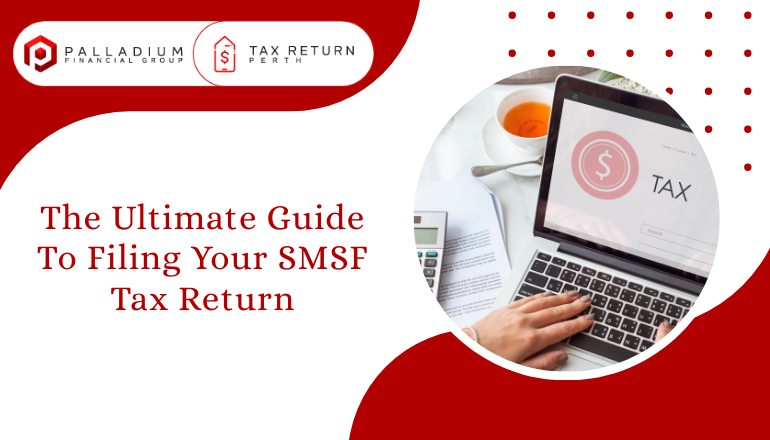
For many Australians, establishing a self managed superfund (SMSF) is an empowering step toward financial independence. By taking control of retirement savings, trustees can directly influence investment strategies and outcomes. Filing an SMSF tax return is not just a yearly requirement but also a critical step in protecting the fund’s compliance status and maintaining tax concessions.
Unlike a standard company tax return, which focuses only on financial reporting and tax payable, an SMSF return combines both regulatory and tax obligations in a single document. This makes it more detailed and often more complex. This guide takes a closer look at trustee duties, what the annual return covers, the filing process, and how to avoid common pitfalls.
Establishing an SMSF entails significant responsibility. The trustees have a personal responsibility to make sure that the fund fulfils the Australian superannuation and tax laws. This includes:
This is not the case with small business tax return Australia, where the trustees have direct control over the administration of any tax return. As an example, when a fund invests in property, the trustee should verify that the rents and expenses are reported. When shares are bought, then dividends should be appropriately recorded and taxed accordingly. Failure to comply with any of these rules may cause the fund to be termed as non-compliant, a situation that will lead to high tax payable.
It is also recommended that trustees remember that their duties do not cease at the end of the fiscal year. After a year of good governance, it is much easier to file an SMSF tax return.
The SMSF annual return is a complete document that covers submission to the ATO. As compared to the other types of reporting, it has a number of obligations in a single lodgment. It includes:
This makes the return both a compliance and a financial document. For instance, if your SMSF holds shares and property, the return will need to capture both streams of income, apply the correct tax rates, and also confirm that investments are aligned with the fund’s strategy. Without accurate information, the ATO may question whether the fund continues to meet the definition of a self managed superfund.
Read More : Top 7 Mistakes to Avoid When Lodging a Partnership Tax Return in Australia
The filing process is detailed but can be simplified into clear steps:
By breaking the process into steps, trustees can handle even complex reporting with greater confidence.
Timing is critical when filing. The SMSF tax return due date depends on how you lodge.
Missing deadlines does not just result in penalties; it may also flag your fund for further review. Unlike a personal or company tax return, the ATO views SMSFs as long-term retirement vehicles. Marking deadlines in advance and setting reminders helps avoid unnecessary stress.
One of the questions debated by trustees is whether to file on their own or hire professional assistance.
The complexity of the fund and the trustee’s comfort level will determine the choices that are taken. Outsourcing is also more feasible where an investment is large or varied. Careful management of expenses ensures trustees keep the SMSF tax return cost as low as possible while remaining compliant.
Trustees often debate whether to file on their own or hire professional support.
The choice depends on the complexity of the fund and the trustee’s comfort level. For large or diverse investment portfolios, outsourcing is often more practical.
There is no choice regarding the annual audit. All SMSFs are required to go through a separate audit prior to filing the return. The auditor inquires into:
In case the auditor detects problems, he or she is required to report to ATO. This may initiate follow-up and possible penalties. Clear records and correct reporting can keep the SMSF audit and tax return on track.
Read More : How to Calculate Your Business Tax Return Estimate
Filing is stressful to many trustees, but with the proper preparation, it is quite easy. Here are practical tips:
A self managed superfund enables Australians to manage their own funds that are saved for retirement. However, the system comes with rigorous requirements. The payment of the SMSF tax return is more than a compliance measure. It is a mechanism of tax privileges and the entire integrity of the fund.
Whether it is the trustee’s responsibility to keep good records, or about deductions and audits, everything is important. You could opt for income tax return services Australia or decide to do it yourself. Preparation and organisation are key factors in any case. Maintaining compliance, filing accurately, and finishing on schedule will keep the fund in good standing with the ATO.